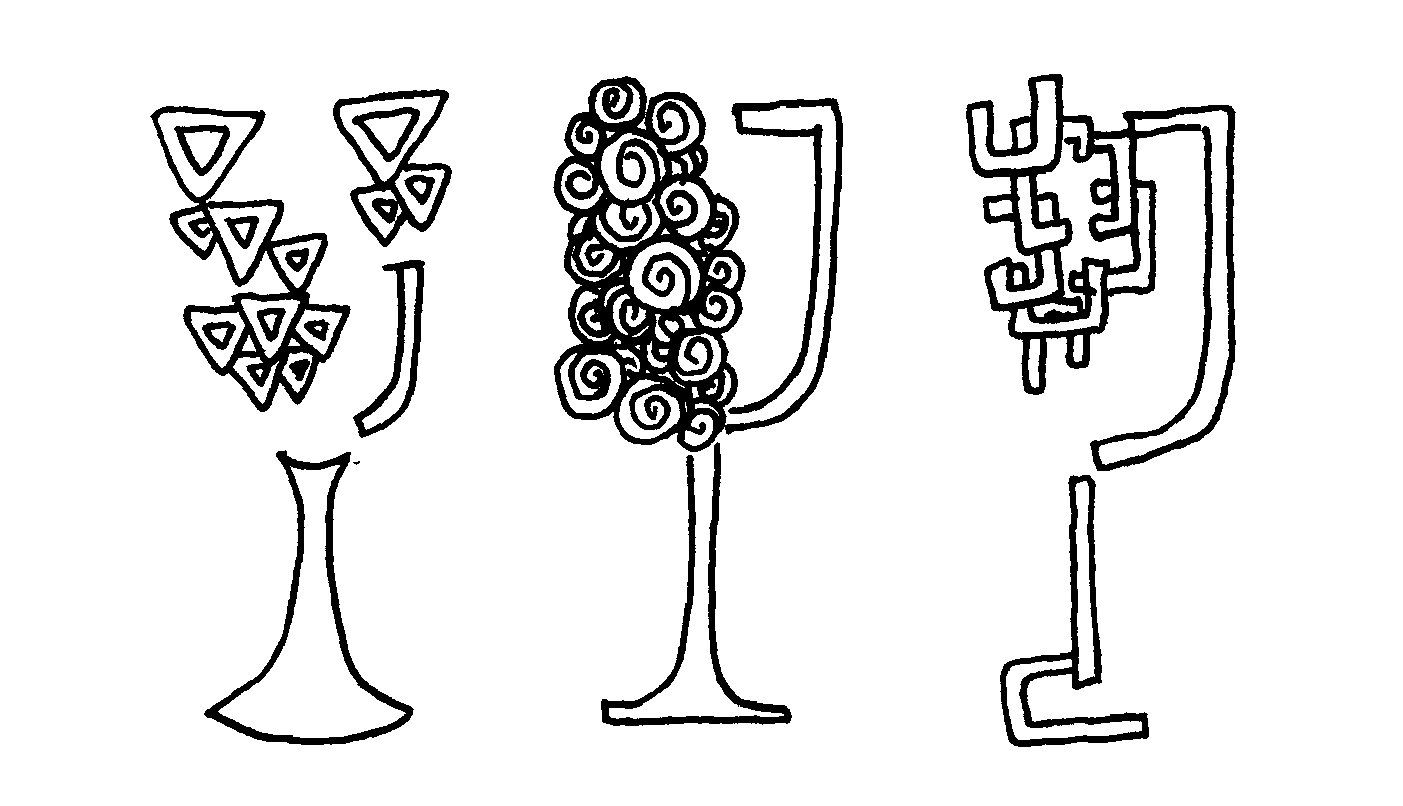Three Things You Must Know About Chianti: Part 1
Welcome to our three-part series: Sunday School’s 3 must-know facts about Chianti.
This one starts with a story: Back in 2008, before I knew anything about wine, I got a job at a winery tasting room. (I still don’t know why they hired me 😜.)
I frantically studied, trying to get up to par with the formally-trained somms I would be working with.
The problem was, all my knowledge was coming from books (all visual, no auditory learning) and so when I was reciting my newfound knowledge to my wine-experienced friend one day, I mistakenly pronounced the Chi- of Chianti as the chee- in cheese: chee-ahn-tee. (The “ch” should actually make a hard “k” sound: kee-ahn-tee.)
Boy did I get a lot of crap for that one.
Here’s little ol’ pre-wine-knowledge me ⬇️
Luckily I’ve learned a lot since then. But the point is, we all start at the beginning!
No one is born knowing how to pronounce Chianti or knowing that Chianti is a region and that all Chiantis are made from Sangiovese, which brings me to fact #1…
Chianti Fact #1
Chianti (pronounced kee-AHN-tee) is a wine region in Tuscany in central Italy. The wines are always made from the grape Sangiovese. Legally, they must be between 70-100% Sangiovese.
If the Chianti is a blend, the other 30% (or less) can be grapes native to Tuscany, such as Canaiolo, Colorino, Mammolo, or Malvasia Nera, or more familiar varieties like Cabernet Sauvignon or Merlot.
It might seem kind of like cheating that a wine so famous for its main grape variety, Sangiovese, actually can have a bunch of other grapes mixed in.
However, this is pretty normal. For example, in the US, a wine labeled Pinot Noir only has to have 75% Pinot Noir (the number goes up to 90% in Oregon). The rest can be anything—and they don’t even have to tell you!
Anyway, by that comparison, 70-100% isn’t that bad.
Stay tuned for part 2 where we’ll tell you the craziest and shockingly easy Chianti-buying tip.
P.S. Are you a member of Sunday School Wine Society? Go check out our Chianti lessons and learn loads more about Chianti and Sangiovese. How to read labels, what to shop for, the tumultuous history of Chianti, the story of the black rooster on the label, and more!






Why would a producer want to leave the Chianti DOCG, declassify their wines, and label them as IGT Toscana instead, foregoing the word “Chianti” altogether?